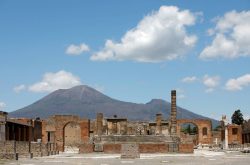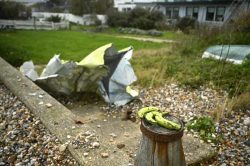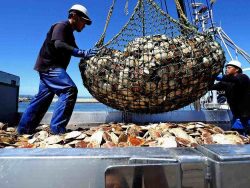Fukui: Hokuriku Shinkansen Up-And-Coming as ‘Detour’ Route as Tokaido Shinkansen Alternative
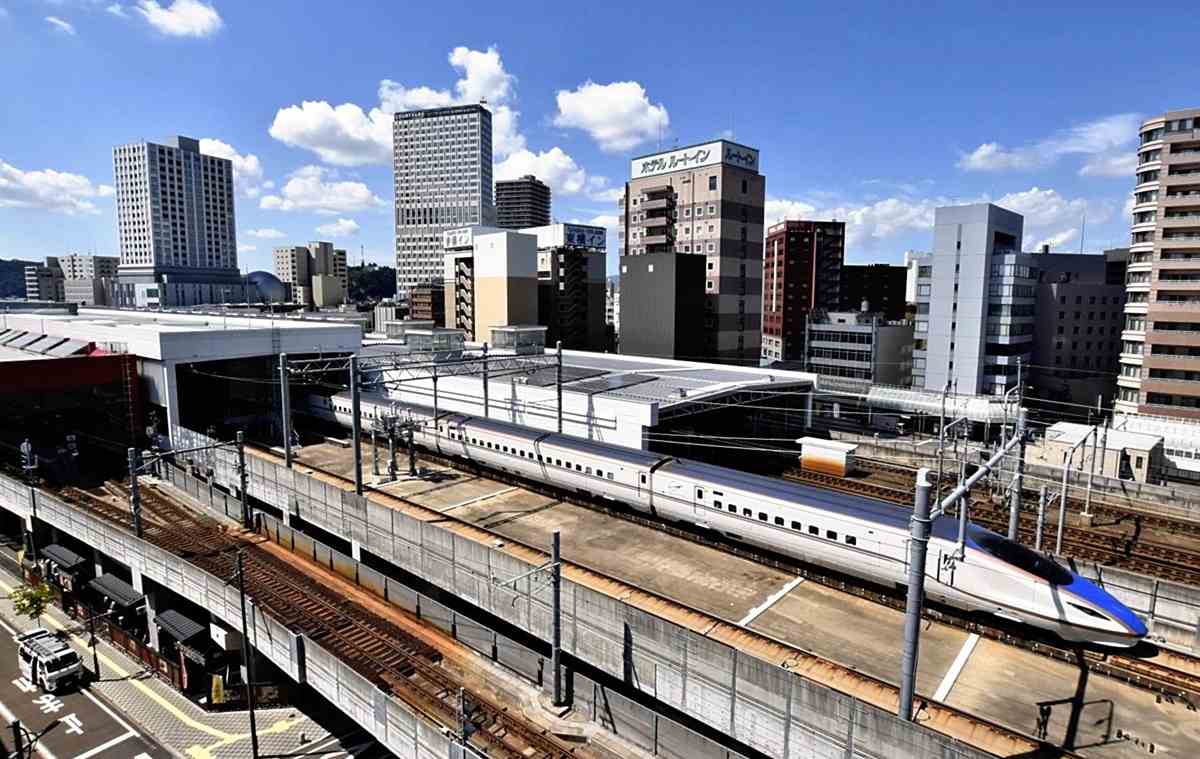
A Hokuriku Shinkansen train departs Fukui Station on Sept. 13.
6:00 JST, October 14, 2024
FUKUI / TSURUGA, Fukui — Extended to Tsuruga Station on March 16, the Hokuriku Shinkansen is an up-and-coming alternative to the Tokaido Shinkansen, which connects Osaka and Tokyo.
Due to typhoons in August and September this year, the Tokaido Shinkansen was sometimes forced to cancel services, prompting many passengers to take the Hokuriku Shinkansen instead. Some experts are now calling for the planned extension of the Hokuriku Shinkansen line to Osaka to be expedited in case a disaster knocks the Tokaido Shinkansen out of commission for an extended period of time.
According to West Japan Railway Co., when the Tokaido Shinkansen timetable was disrupted by the approach of typhoons Ampil and Shanshan this year, 14 extra bullet trains ran along the Hokuriku Shinkansen line on four days — Aug. 16, 30, 31 and Sept. 1. It takes about twice as long to travel between Shin-Osaka and Tokyo on the Thunderbird limited express and the Hokuriku Shinkansen trains, yet passengers jumped at the opportunity.
On Aug. 31, the platform at Tsuruga Station — the transfer station for the Thunderbird to the Hokuriku Shinkansen bullet train — was crowded with passengers.
“I was stuck in Kyoto because the Tokaido Shinkansen was suspended,” said a 24-year-old man who was heading home to Yokohama from a business trip to Kyoto. “I can’t wait any longer because it will affect my work.”
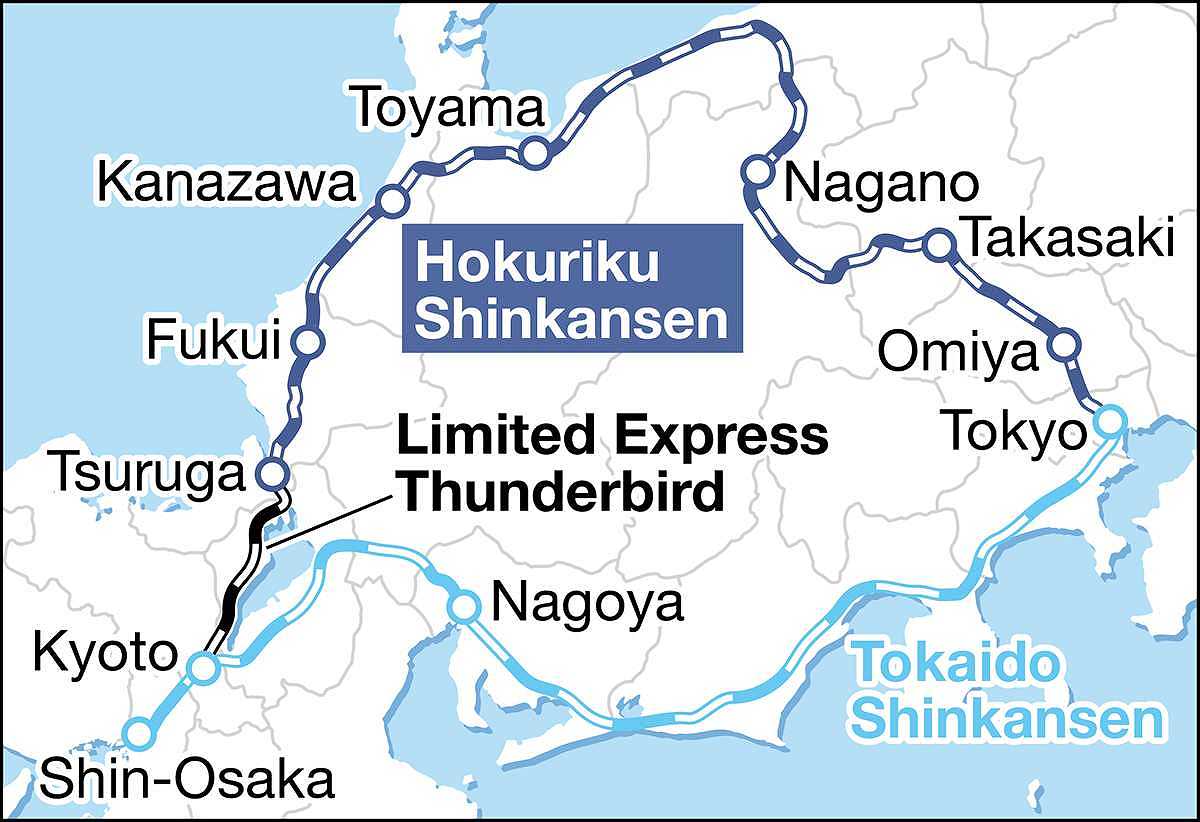
A 39-year-old man from Shijonawate, Osaka Prefecture, was on his way to a concert in Tokyo that day. With the Tokaido Shinkansen out as an option, he decided to take the Hokuriku Shinkansen.
“I’m glad the Hokuriku Shinkansen exists. I hope it will be extended to Osaka soon. That would make it even more convenient,” he said.
Construction on the Hokuriku Shinkansen line has not started between Tsuruga and Shin-Osaka yet. Three stops will eventually be built along the route in Higashi-Obama, Kyoto and Matsuiyamate. If all goes well, the construction plan should be approved around March 2026 at the earliest.
There is a high chance that the Tokaido Shinkansen will be affected by a natural disaster.
On Aug. 8, emergency information about a possible megaquake in the Nankai Trough was issued for the first time following a very strong earthquake in the Hyuganada Sea off Miyazaki Prefecture.
In response, Central Japan Railway Co. (JR Tokai) reduced the speed of the Tokaido Shinkansen between Mishima and Mikawa-Anjo stations from Aug. 8 to 15, causing a delay of about 10 minutes. The firm said it will suspend services altogether if the quake threat increases again in the future.
The planned Linear Chuo Shinkansen maglev line, which is yet to be completed, is another alternative. However, Seiji Abe, professor emeritus at Kansai University, said the line’s transport capacity will be limited compared to the Tokaido Shinkansen.
“If disasters or other events sever the Tokaido Shinkansen line, transportation will be severely restricted, causing a major impact on reconstruction and the economy,” Abe said. “The Hokuriku Shinkansen line should be developed through to Osaka as national infrastructure, not only from the perspective of profitability but also for emergency response.”
Fukui City booming with dinosaur, help after 6 months
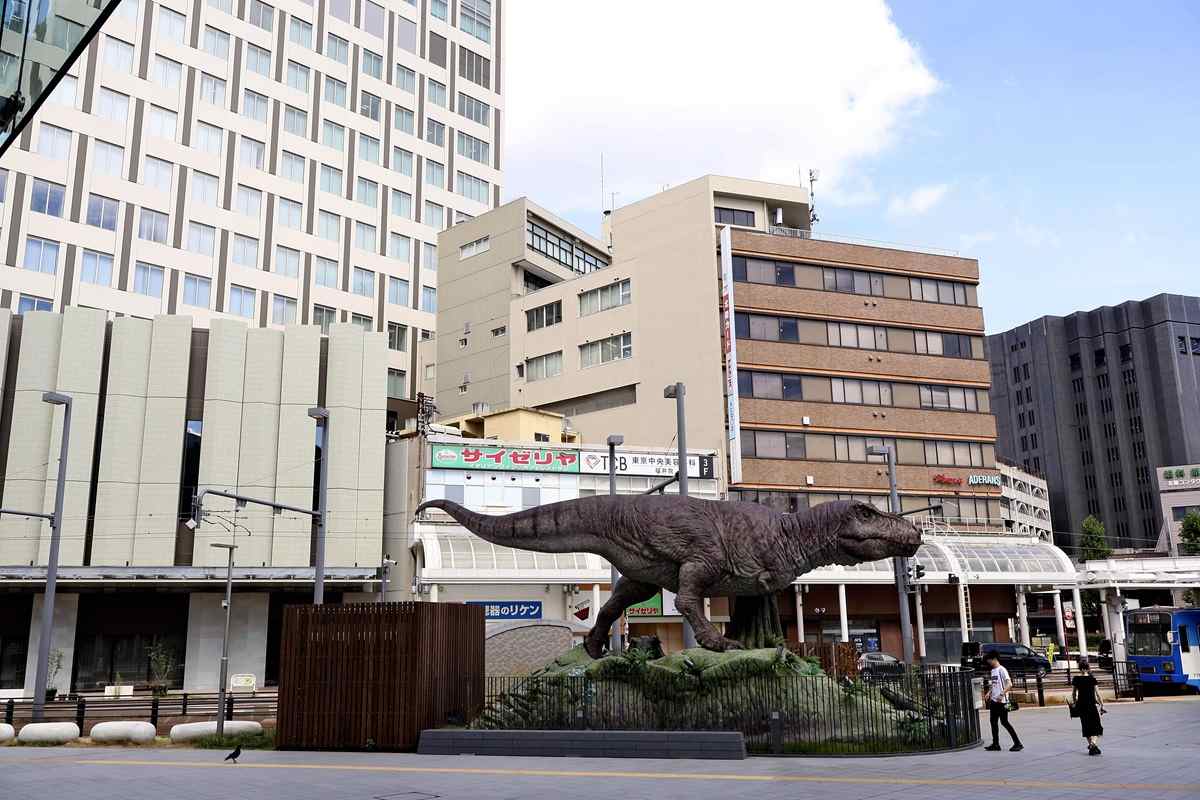
The area in front of Fukui Station has the highest land prices of any commercial areas in Fukui Prefecture. Land prices have risen since the Shinkansen began stopping there.
Six months have passed since the Hokuriku Shinkansen line was extended from Kanazawa to Tsuruga stations, and the extension has had a positive impact on tourism and business in Fukui Prefecture.
“We had promoted our prefecture solely on the back of dinosaurs, but our name recognition has increased greatly thanks to the extension,” Fukui Gov. Tatsuji Sugimoto said at a press conference on Sept. 6. The governor indicated that the prefecture’s promotion activities, which had been carried out mainly in the Kanto region, proved effective.
Four new Shinkansen stations — Awaraonsen, Fukui, Echizen-Takefu and Tsuruga — have been constructed in Fukui. The prefectural government went all in on its identity as a “dinosaur kingdom” boasting many unearthed dinosaur fossils.
A record 1.18 million people have visited Fukui Prefectural Dinosaur Museum annually since it reopened in July last year. After the line’s extension, visitors to the museum from the Kanto-Koshin region, including Tokyo, accounted for 25.5% of the total, up 5.5 percentage points from before the extension.
The number of large-scale academic and economic conferences held in the prefecture also increased, with conferences of 50 participants or more rising from 80 in fiscal 2023 to almost 130 — including events still to be held — this fiscal year, after the extension had been completed.
On the other hand, tourists staying overnight in the prefecture dropped about 10% after the extension from the pre-pandemic year of 2019, with many likely visiting the prefecture and leaving the same day.
“How to maintain the current boom is a challenge,” said Jin-ai University’s specially appointed Prof. Masaru Nambo, a Hokuriku Shinkansen expert. “It will be necessary to come up with ways to convey the appeal of the various areas along the line, other than with dinosaurs.”
Related Tags
"Features" POPULAR ARTICLE
-

Sanrio to Open Museum in Yamanashi Pref. Dedicated to Founder, Exhibits Include Hello Kitty, Other Characters
-

Legendary Sushi Chef Jiro Ono Turns 100: ‘I Have No Regrets’
-
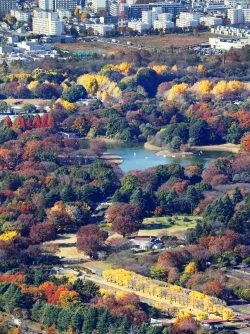
Autumn Foliage Surrounds Visitors to Tokyo’s Showa Kinen Park
-

My Daughter No Longer Speaks to Me, But I Want to See Her and My Grandchild
-

Kumamoto: Public Bath Refurbished as Library Where You Can Chat, Take Photos
JN ACCESS RANKING
-

Keidanren Chairman Yoshinobu Tsutsui Visits Kashiwazaki-Kariwa Nuclear Power Plant; Inspects New Emergency Safety System
-

Imports of Rare Earths from China Facing Delays, May Be Caused by Deterioration of Japan-China Relations
-

University of Tokyo Professor Discusses Japanese Economic Security in Interview Ahead of Forum
-

Japan Pulls out of Vietnam Nuclear Project, Complicating Hanoi’s Power Plans
-

Govt Aims to Expand NISA Program Lineup, Abolish Age Restriction







